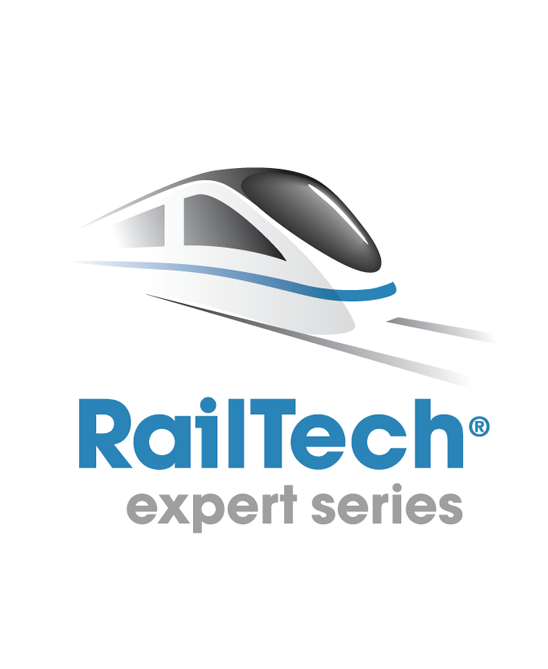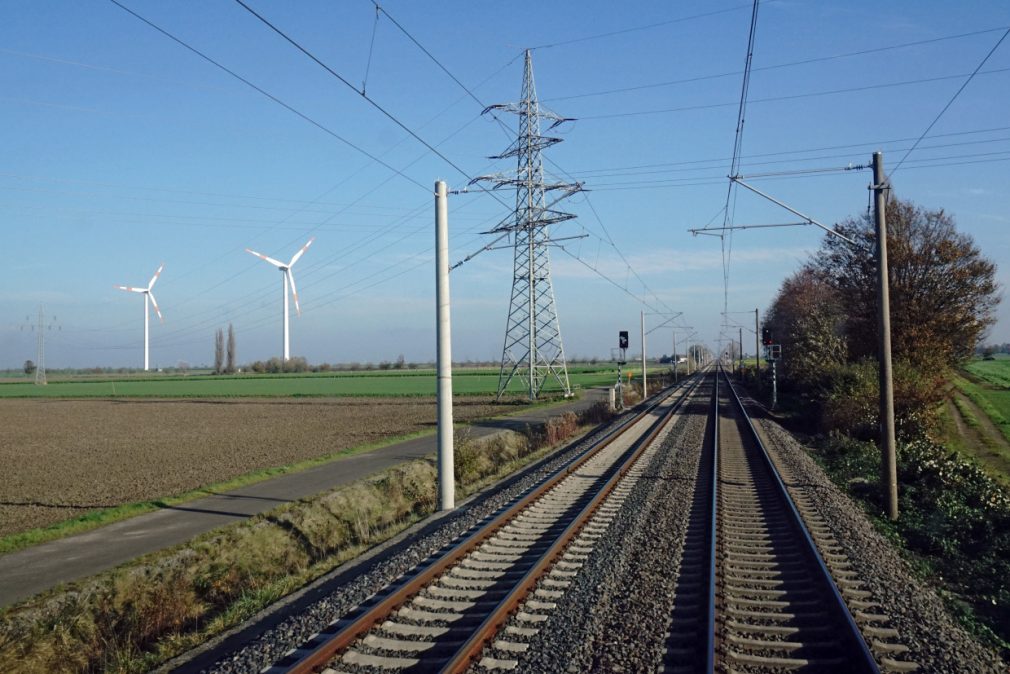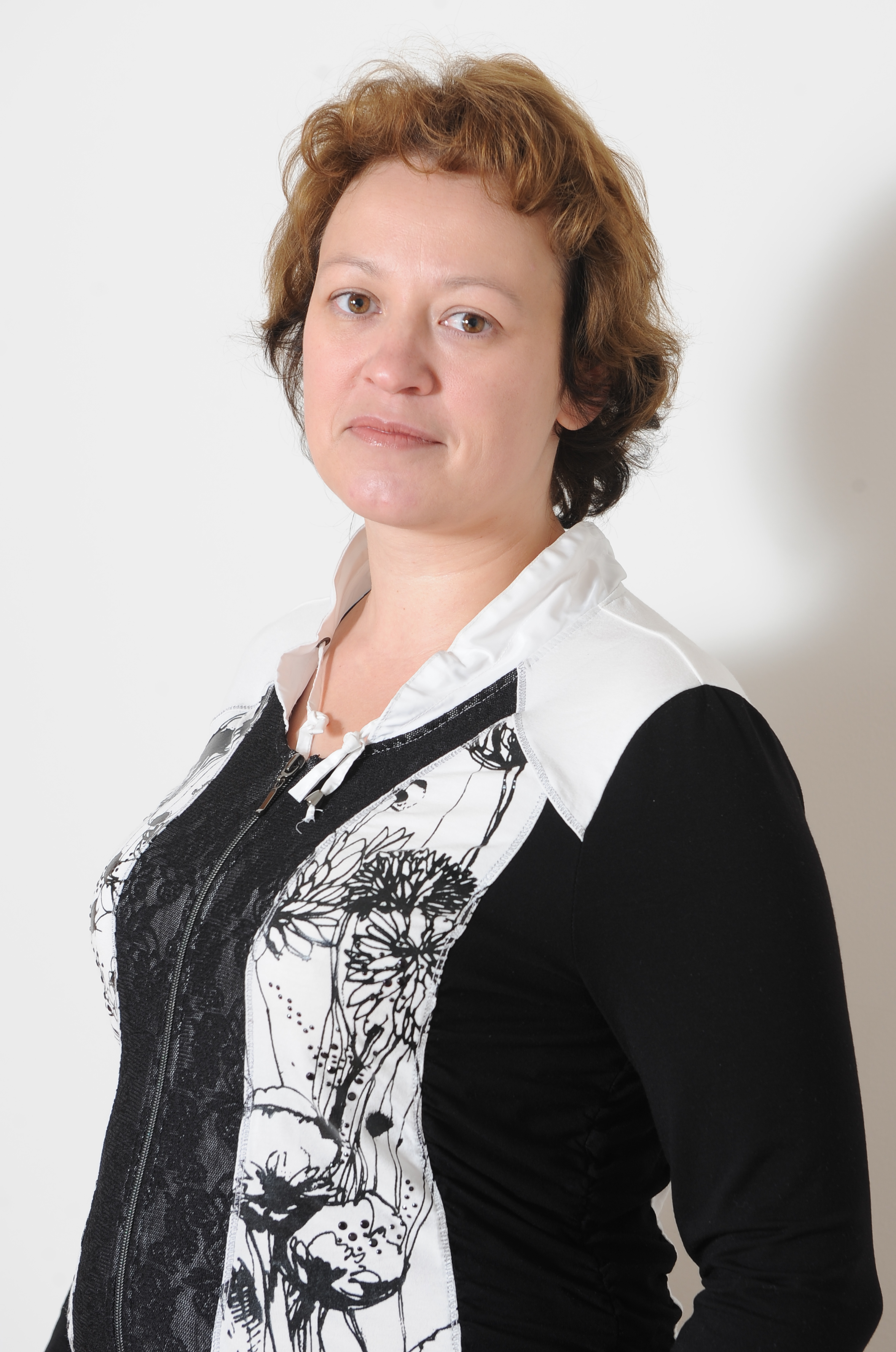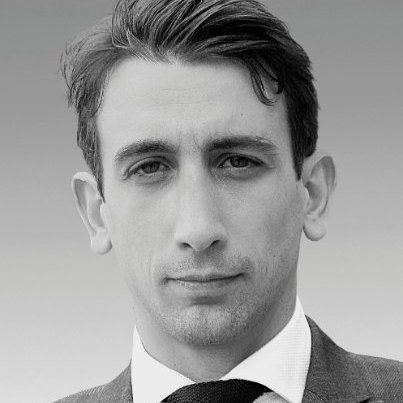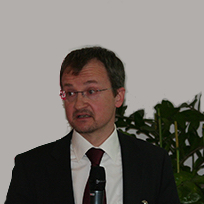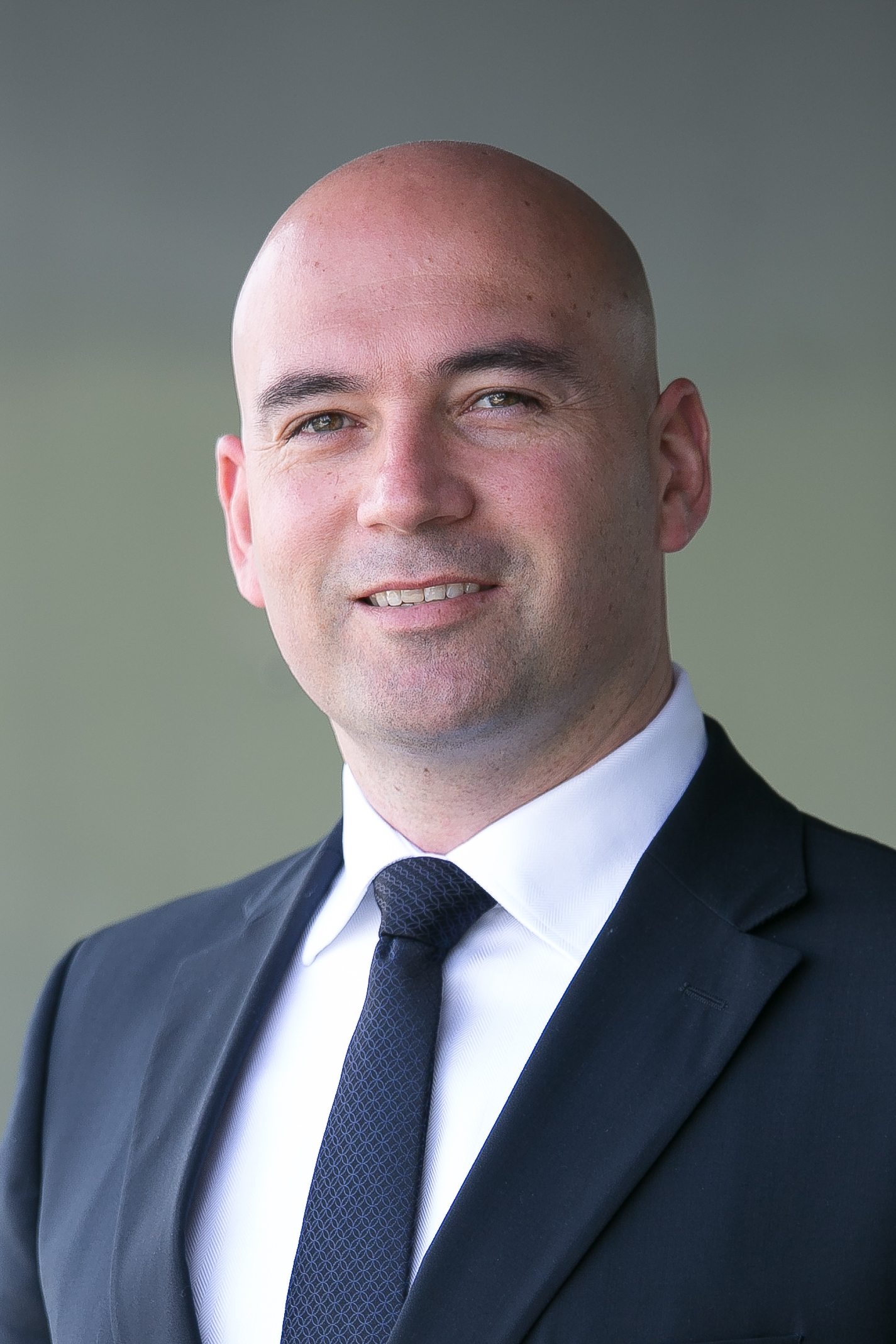Harmonization achievable by transformation of Track Access Charges
If the transformation op the Track Access Charges (TAC’s) will be applied in all European Countries, there definitely can be a chance that these charges will be harmonized throughout Europe. This is the expectation of Senior Project Manager train path pricing system Wolfram Merzyn of DB Netz AG. Merzyn will give a presentation at 12 April at the Track Access Charges Summit in Bern.
What is the frame of the European legislation when it comes to track access charges?
The European Directive 2012/34 defines the future basic logic for track access charges. With the help of the Directive the EU intends to harmonize infrastructure charges in Europe. Costs, directly incurred as a result of operating the train service are defined as the basis for the track access charges. As these costs represent only a small part of the full costs of DB Netz (only 30 %), the European and national law authorizes DB Netz to raise mark-ups in order to close the gap for full cost recovery. The mark-ups have to be differentiated by market segments. Furthermore, the law allows different surcharges, for example a surcharge for environmental cost, a surcharge for congested lines or a discount for new traffics. The EU Directive will be transfered into national law in form of the “Eisenbahnregulierungsgesetz” (ERegG). The legislative process is currently running.
What does this new legislation mean for the freight train operators?
There will be no specific consequences for freight operators. Nevertheless the new law is a chance for more market based TACs and more harmonization across Europe.
What are the advantages for the freight train operators and their clients?
The future TAC’s will be easier in use, because freight operators will only pay one price on their entire route per kilometer. Moreover there are special rates for traffic with high flexibility regarding their route and their timetable.
What does it mean for the train procurement?
There will be no specific influence. The information which are already used and deposited for ordering today will be nearly sufficed in future for ordering train paths.
Do you think that the EU should co-finance in train and wagon procurement?
Any form of financial assistance is fundamentally positive, but should keep in consideration the well developed train-lease or financing market. The digitization of the train path ordering process train paths will be demand very expensive investments. In this way, it is of course useful if public funding support is available.
Also any kind of financial help for RU within the procurement of trains and wagons is a big help for the market. Nevertheless this process has be neutral towards competition and should not weaken private initiative.
Do you expect that the new legislation will contribute in the harmonization and simplification of the of the TAC’s in Europe?
With the help of the Directive the EU aims to harmonize the European railway sector regarding infrastructure charges. If the transformation happens in all European countries, we definitely see a chance to harmonize the TAC across Europe.
How can it help the railway sector in general?
By the future basic logic of pricing there is a chance to orientate the track access charges even more to meet market needs.
What does it mean for international transportation?
The new rules have no direct impact for international transports. However, any improvement and simplification of the system helps the railway sector in total.
What do you think of SBB’s approach?
The approach of the SBB is very interesting. As it is a very complexe system and the ability to “plan trains and their costs “will be more difficult, it will be interesting to see, whether the system unfolds the desired effects.
Do you think that Germany can learn from this approach?
Any approach used in Europe is interesting. We are also always looking for best practice approaches. If we can learn from the approach of the SBB, will we see in the course of time.
EU financing could speed up trend change to track damage by trains

EU financing could speed up the change to lowering the track damage caused by running trains, says Bombardier’s Vice President of Research and Development Richard Schneider of Bombardier. “As railway vehicles can operate for more than 30 years, the consequences of today’s decisions will last for 40 years at least.”
Schneider will give a presentation on 12 April at the Track Access Charges Summit on 12 April in Bern. New European legislation makes it possible to add technical parameters such as speed, axle load, and track radius in charging schemes.
What does this new legislation mean for the train manufacturers?
The new legislation is expected to foster new developments and, particularly, the introduction to market of existing technologies, that have not yet been economically viable so far for the operators.
What does the implementation of the TAC’s by the Swiss mean for the train manufacturers?
The new TAC model in Switzerland is generally welcome, as it offers a new and additional factor for a differentiation between competitors. However, achieving an an acceptable cost-benefit ratio for the customer will provide a real challenge.
What do the train manufacturers have to take into account in the construction of new trains?
Due to the high development costs of new technologies, or even only modifications, the realization of new solutions will follow an iterative process with many small steps. A strategic long term planning for the right solutions will therefore be key to the success of suitable products.
What technologies already exist to decrease the wear of the track by running trains?
Many different technologies exist, from purely passive up to fully active solutions. The major part of the wear dependent cost factor can be reduced by systems that can radially steer the axles in curves. Passive systems, such as hydraulic axle guidance bushes with variable stiffness, or the fully active ARS system (Active Radial Steering) are available. In addition, the weight of the vehicle and the wheel set are again becoming of increasing importance again. Bogies with inboard bearings and fully suspended drives et cetera are also proven technologies which reduce these masses. However, just reducing the axle distance already delivers a good impact, almost for free.
What does it mean for the train procurement?
In classical evaluation processes, the impact of this cost factor unfortunately becomes almost insignificant. The evaluation method should further be developed, that the TAC cost factor will adequately represented to order to allow for a differentiation of products offered.
Do you think that the EU should co-finance in train procurement?
EU financing could significantly expedite the development and market introduction of sustainable solutions. Without third party financing support, it might take another 10 years or more, until the trend change in track damage becomes a reality. As railway vehicles can operate for more than 30 years, the consequences of today’s decisions will last 40 years at least. Speeding up it actually happening by funding is therefore strongly recommended.
What do you think of SBB’s approach?
I think the SBB approach is one of the best models available today. It is based on the experience and measurement of most available solutions and is therefore more appropriate than other systems. In addition, it forms a good balance between scientific and pragmatic approaches; that should lead the model to becoming successful.
Do you think that other member states can learn from SBB’s approach?
Yes, definitely. As one can expect that the cost areas are the same for other members, the model can be calibrated to any other infrastructure and is, therefore, very flexible. From a producers point of view, it would also generate synergies and would help in reducing the vehicle costs, if the market potential rises.
‘Current cooperation on track access charges is not satisfactory’
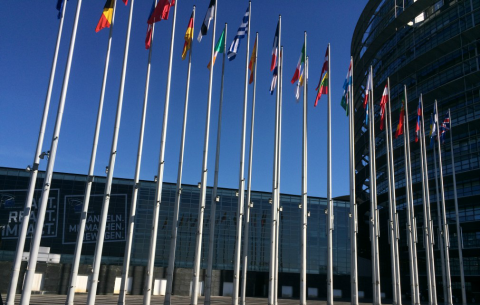
The current cooperation on track access charges is not satisfactory. Infrastructure managers could be more successful if they offered more competitive prices providing coherent pricing signals to their customers. New European legislation makes this possible, explains policy maker Frank Jost of the European Commission. Jost will give a presentation about the new European legislation at the Track Access Charges Summit on 12 April in Bern.
What is the frame of the European legislation when it comes to access charges?
The objective of the European charging legislation is the optimum effective use of the available infrastructure. Operators only pay the additional direct costs incurred by a train run. Where the States want the whole infrastructure to be maintained they have to cover the funding gap. If they do not want to, they can allow the infrastructure manager to levy mark-ups to recover the full costs if that does not price out any market segment from the use of the infrastructure. For service facilities, the rules are simpler, but their charges can be decisive for modal choice and regulatory bodies should therefore not lose sight of those charges.
Can you explain why this new legislation is needed and how it is different from the current situation?
The principles are not new. But when the Commission found that they were not applied everywhere, Parliament and Council requested the Commission to adopt more specific rules to calculate the direct costs by 16 June 2015. The Commission adopted such rules in an implementing regulation which has been applicable since 1 August 2015 with a phasing-in period regarding the charges of not more than 4 years. As a result, infrastructure managers are obliged to demonstrate that their calculation of direct costs is done compliant with the implementing act.
How can it help the railway sector in general?
The main beneficiaries will be railway undertakings on some networks that benefit from lower and more predictable charges. Furthermore, infrastructure managers and regulatory bodies benefit from clear rules, providing more legal certainty.
What are advantages for the train operators of the Swiss system?
The idea is that the charge reflects that wear and tear of different types of locomotives. On the short run, railway undertakings benefit when they use ‘infrastructure friendly’ locomotive types, on the long run, they will consider the impact on the infrastructure as one criterion among others for deciding on the purchase of a particular type of locomotive. With less damaging rolling stock and longer maintenance cycles on the infrastructure, railway undertakings and shippers will benefit from a better availability of the lines.
Does it have any (positive) impact on the passenger or the clients of freight operators?
Competitive pressure is strong and railway undertakings will share a part of the advantages with their clients. A better availability of the infrastructure translates into more revenues for railway undertakings. But given the long life cycles of the equipment, some positive impacts will take time before they materialise.
Will the new legislation contribute in the harmonization and simplification of the of the TAC’s in Europe?
Harmonization and simplification are not desirable for the competitiveness of rail if that means a race to the top. But with the new rules one can expect that values of direct costs will drop for some networks at least, which is a certain form of harmonization. Maybe there will not be a simplification. Anyway studies tell that railway undertakings react swiftly and intelligently to pricing signals, as long as they are consistent, even when they are not simple.
What does it mean for international transportation?
Given rolling stock and drivers are more expensive in international transportation than for domestic services, charges for international trains should be lower, rather than higher to set that off. Furthermore, incentives set by charges for different networks should not be contradictory for international services. That is why, the EU has stipulated an obligation on infrastructure managers to cooperate on charges. If they do not cooperate, international services will always be priced higher than domestic services. Therefore, some experts request charging bodies for freight corridors. In the absence of cooperation on charges set by independent infrastructure managers, those voices will become louder.
What do you think of SBB’s approach?
The principle of spreading charges in accordance with the damage of locomotive types caused to the infrastructure is provided for in the EU legislation. It will be up to the Swiss regulatory body to assess the compliance of such a system with Swiss legislation. In the positive case, such charging systems can have a lighthouse effect for other infrastructure managers and if applied at a larger scale the incentives will be stronger.
How can the EU deal with the big differences between infrastructure managers in technological level en knowledge?
The EU offers various levels of cooperation for infrastructure managers, including at technological level and at knowledge level. But decision making is still decentralized at the level of independent infrastructure managers. In terms of charges, infrastructure managers could be more successful if they cooperated and offered more competitive prices providing coherent pricing signals to their customers. The current cooperation on charges is not satisfactory.
SWITZERLAND INTRODUCES NEW TRACK ACCESS CHARGING SCHEME

“Learn how Track Access Charges can reduce the costs of railway operations.“
Stefan Marschnig
Graz University of Technology

Switzerland will introduce a very accurate and advanced model to calculate track access charges in 2017. The new model will be vehicle-based which means that railway operators with trains that damage the rail infrastructure will have to pay more for the use of the tracks. In this way, the procurement of track-friendly trains will be stimulated.
On 12 April the Track Access Charges Summit will take place in SBB’s headquarters in Bern. One of the topics of this conference is the Swiss model for Track Access Charges (TAC’s). Assistent professor Stefan Marschnig of the Technical University of Graz did several researches about TAC’s and will be the chairman of this conference. He explains why the Swiss’ model is unique in the world.
Why is the Track Access Summit at SBB’s office in Bern so interesting for the railway sector?
Switzerland is introducing the most accurate and advanced vehicle-based track access charging scheme in 2017. At the conference, rail professionals will learn all the details.
What are SBB’s plans when it comes to track access charges?
Using SBB’s track deterioration model (Wear Factor, or Verschleissfaktor), the Bundesambt für Verkehr will replace the gross-tonne-depending charge – that is the one addressing track wear and tear – by a vehicle-based model. This ensures much better cost allocation (for example, high wear costs in curves will be charged in curves). This approach provides an incentive to purchase track-friendly vehicles on the one hand, and to use certain train compositions on certain lines if possible, on the other.
What is the impact of the European legislation when it comes to access charges?
The framework changed with the publication of Regulation 2015/909. For the first time, direct cost is described in quite some detail. Furthermore, this Regulation addresses technical parameters such as speed, axle load, and track radius, to be considered in charging schemes. However, some of these parameters were also mentioned back in 1991.
How do the Swiss implement the TAC’s?
In a very detailed manner. Vehicle and track characteristics are not averaged, but charged exactly due to the track radius and speed level. This sounds very complex, but at the end of the day, it is simple to use for railway undertakings.
Can you explain why this way of implementing is unique and how is it different from the current situation?
Most infrastructure managers in Europe either charge track costs by train kilometer or by gross-tonne-kilometer. Both cost units are allowed due to Regulation 2015/909, but both are very rough estimations on what is happening. Track costs in curves are much higher than in straight sections, and higher speeds definitely lead to higher costs. These cost impacts are averaged by using averaged approaches based on train or gross-tonne-level. Costs are therefore partly allocated to wrong users and wrong lines.
Can other member states learn from the Swiss?
They should! This approach is based on a simple description of vehicle-track-interaction. It is simple enough to implement. The big advantage turns out to be that it provides incentives for track-friendly vehicles. In a mid to long-term view, this will help to decrease the cost of the entire system.
How can it help the railway sector?
As already mentioned, the overall goal is to reduce track costs long-term. There are further aspects that count, especially for crowded networks: lower track damage leads to less maintenance demand. Less maintenance demand reduces the down-times of lines. Higher capacity helps the system. And of course, it also facilitates the implementation of European vehicle manufactures’ innovative technology (which already exists, in part).
What does it mean for international transportation?
Switzerland is not Europe, of course. And the UK doesn’t really count in that aspect. For international train operators (freight operators), the benefits will increase when other infrastructure managers follow the Swiss approach. But nevertheless, someone has to start – and that is Switzerland in this case.
Does it have any (positive) impacts on the passengers or clients of freight operators?
Track access charges, especially the direct cost part, are a cost transfer topic between infrastructure managers and railway operators. In most countries, total charges including mark-ups are much higher than direct cost – and track costs are only a part of those. Bearing in mind that TAC’s are only a small part of the railway operator’s production cost, the short-term effect will be low for passengers or freight clients. What counts is the long-term view – and vehicle-based charges contribute to the increased competitiveness of railways.
Network Rail already introduced access charges that take friendly trains into account. In what way is the approach of the Swiss different from the British?
As far as I know, the UK’s variable TAC’s have a similar approach, but are not charged according to the actual run of the train. The Swiss model delivers different TAC’s for the same train if the train is running on different lines. For example, if you have a curvy line, a self-steering bogie delivers low wear and you would therefore pay lower charges. The same train on a straight section does not really lead to significantly lower wear.
Train operators have complained about the big differences in calculations for the TAC’s in each country. Does the Swiss model make it easier for train operators to calculate the cost of their (international) services?
“The Swiss approach (and also the British one) is much more complex than any previous one. To simply charge railway operators for each train is wrong, seen from a cost allocation point of view, and leads to wrong economic decisions.”
“Law can only achieve a harmonization in Europe. Such a directive would have to take into account that not all Infrastructure Managers are on the same technological level and knowledge. Therefore, it would lead to a simple calculation that deliver wrong economic signals.”
“Apart from that, this is the EU: with the same regulation, all member states will create totally different TAC schemes. There will be different interpretations of what is published on the direct cost. Not to mention mark-ups.”
Participate in the Track Access Charges Summit

“The Wear Factor will stimulate railway operators and producer to procure track-friendly railway vehicles and is one step to bring down the Total System Cost of SBB”
Jochen Holzfeind
SBB
At the TAC Summit 2016 industry leaders will discuss TACs in great detail, and will highlight the different points of views of infrastructure managers, railway undertakings, and vehicle producers. As previous Track Access Charges conferences in 2011 and 2013 have shown, it is worth making the effort to debate this topic at a European, system-wide level.
Meet the experts
Meet over 14 experts speakers who will share their knowledge and experience at the Track Access Charges Summit 2016.
